3D printing airbus
Airbus Gets on Board with 3D Printing | Case Study
The challenge
Produce small-batch custom parts to meet tight timeframes and quality requirements
When an airline updates the layout of its cabins, there are often gaps between the existing and new components. These need to be bridged with custom panels to create an attractive, seamlessly finished interior. With the clock ticking until the aircraft can be back in the skies generating revenue, finding a smart way to produce the new parts — which are typically needed in very limited quantities — is of the utmost importance.
Traditionally, new plastic parts are manufactured using custom-made injection molds. This process is relatively complex, especially as many of the components are highly specialized. With slow lead times and a high cost per part — given the limited numbers of parts needed for a typical retrofit — Airbus was keen to find a faster, more cost-effective solution for the spacer panels located alongside the overhead storage compartments in their commercial aircraft.
But cost and lead times, however crucial, are not the only consideration when dealing with the aerospace industry in general and commercial aircraft cabins in particular. As well as having to meet stringent quality requirements to be considered flight-ready, they also have to meet exacting aesthetic standards — Airbus had integrated 3D-printed parts in their A350 XWB airliner in the past, but never in places where they would be visible to passengers. This was a chance to take 3D printing across the next frontier and into the aircraft cabin.
The solution
Manufacturing for aerospace with tailored post-production finishing
Directly producing the spacer panels using 3D printing brought many crucial benefits for Airbus, the most obvious of which was lead time. For small-batch series and customized parts, aerospace 3D printing offers a drastically faster time-to-market than conventional manufacturing, as prior tool production is not required.
— Erik De Zeeuw, Aerospace Market Manager at Materialise
Design optimization was another welcome benefit. Whereas internal structures like lattices add complexity and cost with the traditional injection mold techniques, 3D printing could handle this with ease, making it possible to realize lightweight bionic panels and optimize the mass of the components.
The spacer panels were produced at Materialise using FDM technology.
In terms of finish, Materialise’s post-production processes ensured the 3D-printed parts met Airbus’ strict aesthetic requirements — once produced, the panels were then painted to Airbus cabin requirements, all using flame-retardant Airbus-approved materials.
Erik De Zeeuw, Aerospace Market Manager at Materialise, summarizes by saying, “We think of this project as a great example of how we can serve the aerospace industry. It demonstrates how Materialise provides an end-to-end process that goes beyond the 3D print. It’s about the strict quality process and incorporating every detail of the requirements from design to finishing.”
The foundation lies in a carefully honed quality management system, the results of which are evidenced by the number of certifications the Materialise manufacturing facility holds: ISO 9001 for manufacturing, TISAX for the automotive industry, ISO 14001 for environmental management, and the two critical ones for the aerospace industry: EN9100 and EASE 21.G, the latter of which is a Production Organization Approval (POA) from the European Union Aviation Safety Agency (EASA).
The result
Flight-ready, aesthetically perfect panels that are 15% lighter
Working hand in hand with Airbus, we produced the company’s first-ever cabin-ready 3D-printed parts.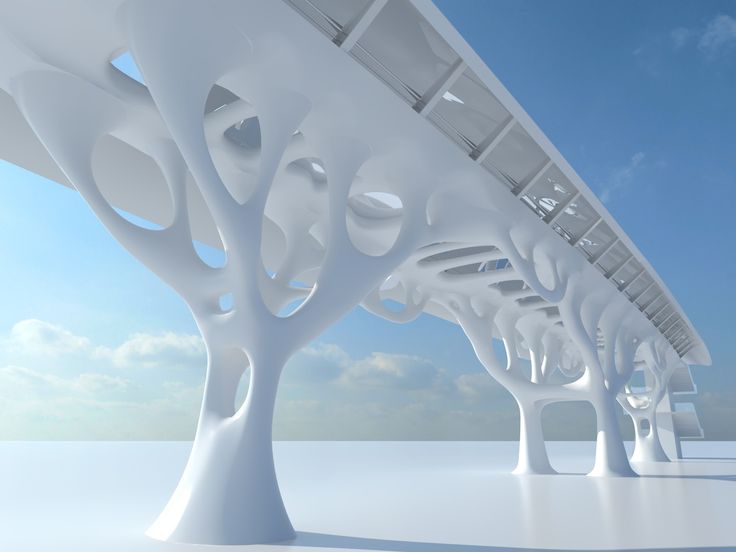 Combining additive manufacturing and our post-production processes, the panels passed all Airbus Cabin Trim and Finish checks. And thanks to the design optimizations made possible by 3D printing, the spacer panels achieve full bionic design certification — Airbus’ first cabin parts to do so and a successful result of the company’s ongoing efforts to optimize part weight. Compared with the original design, intended for conventional production methods, the 3D-printed panels are 15% lighter.
Combining additive manufacturing and our post-production processes, the panels passed all Airbus Cabin Trim and Finish checks. And thanks to the design optimizations made possible by 3D printing, the spacer panels achieve full bionic design certification — Airbus’ first cabin parts to do so and a successful result of the company’s ongoing efforts to optimize part weight. Compared with the original design, intended for conventional production methods, the 3D-printed panels are 15% lighter.
Close collaboration between Materialise and Airbus was key to the success of this project. As Erik points out, “Our goal at Materialise is to be a trusted and reliable additive manufacturing supplier to Airbus. We do this by innovating together in design and production processes with our software and AM know-how, but also by seamlessly integrating Airbus’ own way of working.”
With this project, additive manufacturing showcases the enormous benefits it can offer to airlines with an unrivaled combination of affordability, quality and aesthetics, and fast lead times.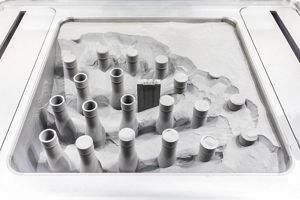
How Airbus is Using 3D Printing to Reduce Aircraft Emissions
Image credit.
It is estimated that for every kilogram of weight saved on a commercial aircraft, 25 tonnes of CO2 emissions are prevented during its lifetime. This startling truth is why weight reduction is considered the Holy Grail of aerospace engineering, and it is why companies like Airbus invest considerably in the area.
A kilogram of weight might not sound much, but commercial aircraft are built to last more or less indefinitely. Jets remain in service for around 25 years. It is estimated 1kg of weight generates 1 tonne of CO2 a year. The potential to reduce emissions through weight reduction is therefore enormous – and it is why most commercial airliners have a handhold luggage weight allowance for each passenger.
A remarkable journeyFlying in itself is quite remarkable. Commercial aircraft typically fly between 31,000 and 38,000 feet.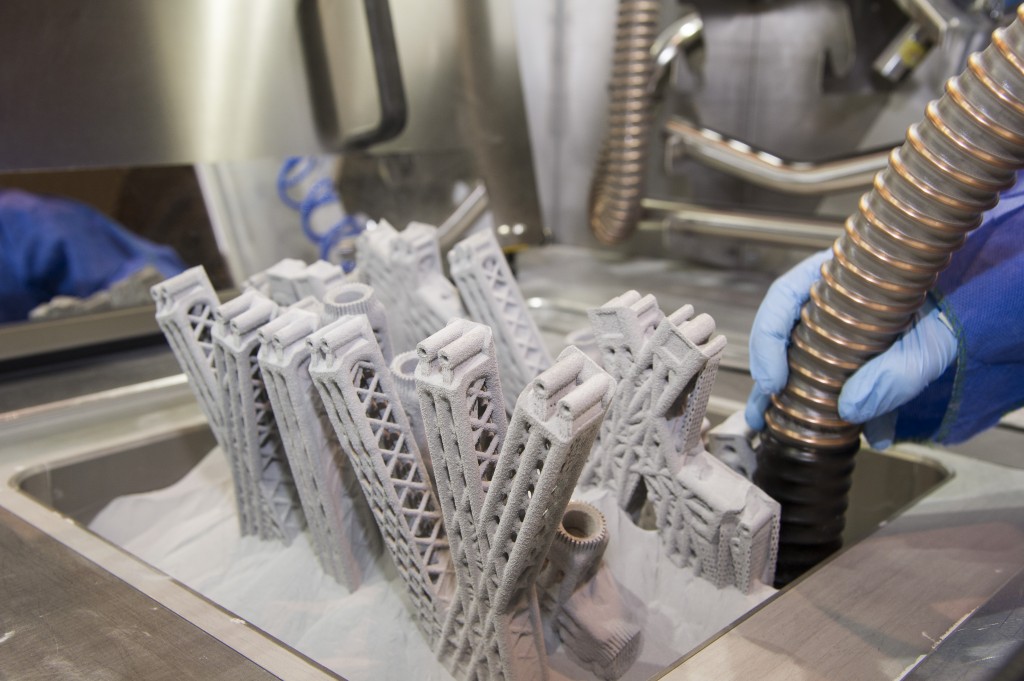 It only takes a commercial aircraft around 10 minutes to reach cruising altitude, at which stage the pilot can turn off the seatbelt lights and you can stroll over to the toilet – at a speed of around 575mph.
It only takes a commercial aircraft around 10 minutes to reach cruising altitude, at which stage the pilot can turn off the seatbelt lights and you can stroll over to the toilet – at a speed of around 575mph.
This is something we take for granted whenever we fly, and the engineering that makes it happen is taken for granted even more so. Most people give little thought to the weight of an aircraft and how it can affect airspeed, cruising altitude and emissions. For companies like Airbus, the weight of an aircraft is a top priority because it directly effects aircraft value and service. Here, engineers can bring real value to the table.
A more efficient plane is a more desirable plane, especially in today’s world where talks of a ‘climate crisis’ are rife (and warranted). But this is about more than business and the environment. It’s about making sure air travel is as efficient and clean as possible. Carbon neutrality is a long way away, but the aviation industry is making tracks in areas of applied and practical engineering.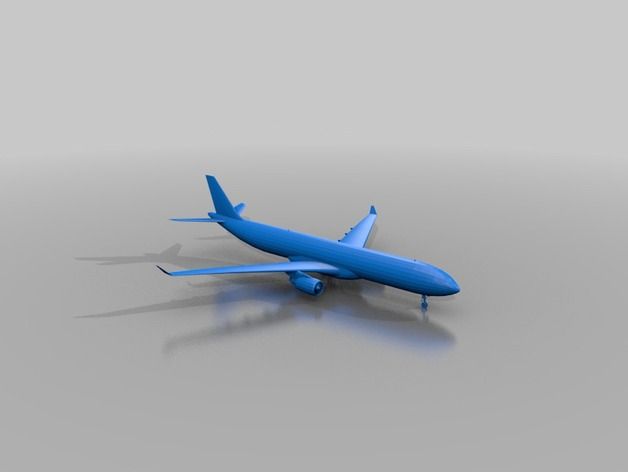 One of these areas is 3D printing.
One of these areas is 3D printing.
We’re going to keep things really simple with how Airbus is using 3D printing to reduce aircraft emissions – they are using it to replace parts on existing aircraft models with lighter 3D-printed versions. In other words, they are printing like-for-like parts in appearance which are lighter than the original – sometimes by over 70%.
The average Airbus is hitting is parts that weigh 55% less than the original with a 90% reduction in raw material use. Because additive manufacturing results in very little waste – and what waste it does produce can be recycled and repurposed – it is also a more carbon friendly manufacturing process than machining.
Airbus make use of the 3DGence Industry F340 to fabricate part prototypes. For these parts, they utilise PEEK, a high-temp material suitable to end-use application. MB Aerospace work with Airbus to make these custom components.
MB Aerospace work with Airbus to make these custom components.
Importantly, the parts created with additive manufacturing are suitable for use in real aerospace application.
On this, Sebastian Pietruszewski, Key Account Manager at 3DGence, says: “Printer manufacturers have been closely observing the needs of the industry to propose customised solutions to cater for the growing needs of users. 3D print supports production because it enables faster and cheaper manufacture of machine components, spare parts or finished small-series products with no material losses and practically of any shapes.”
“More importantly, the items are also more durable. The best printers are featured with a number of replaceable heads suited to the filament type. The new and more robust material does not require changing the whole printer but only buying an additional head. The solution is quick and easy to implement.”
Rocket-fuelled innovationFollowing the introduction of a 3D printing workflow, the Airbus engineering department used it to create a small-sized pilotless aircraft named THOR. This allowed them to test the accuracy of the technology and print true-to-design parts.
This allowed them to test the accuracy of the technology and print true-to-design parts.
The first THOR plane weighed 21kg and could fit into a 4 x 4 metre square. Powered by a 1.5 Kw electric propeller system, it had a 90% 3D printed body. The aircraft didn’t represent a production model Airbus will make, but it did put 3D printed aircraft parts up in the sky, proving beyond doubt their functional value.
In 2017, Airbus installed a 3D printed titanium bracket for the first time in serial production of the A350 XWB, and they are planning to use 3D printed metal brackets and venting pipes in future models too.
Here’s the titanium part in question:
Image credit.
Airbus sees 3D printing as playing an essential role in the future of aerospace. “In addition to its potential for decarbonisation, 3D printing is an essential technology for the digitalisation of industry. One of the advantages is that new parts can be virtually designed, printed on site and then tested – all in a very short time span,” notes Airbus.
3D printer: 3DGence F340
Material: PEEK
This story was adapted from information originally published on the 3DGence website and Airbus website. If you enjoyed this article, you can find more aerospace stories here.
3D printing in the production of Airbus aircraft
Aerospace industry
Implementation stories
Author: Nikita Kudryashov
Author: Nikita Kudryashov
3D Printed Retooling: Lighter, Faster, Smarter | Certified Additive Manufacturing and 3D Printing Quality Management | Painting and finishing | Additive technologies in the aerospace industry: what's next
When it comes to aircraft conversions, time is of the essence. In order to integrate newly developed elements into interior upgrades, it is often necessary to adapt or redesign some of the panels or dividing sections, which are usually required in small quantities and in a short time.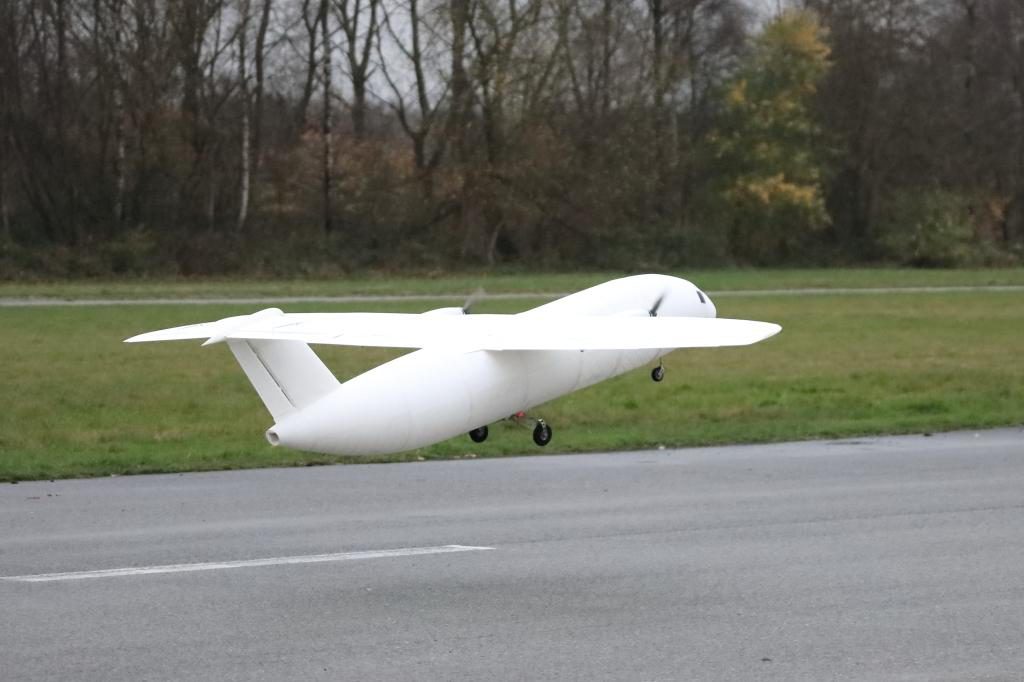 With tight time constraints, Airbus was looking for a fast and smart way to make spacer panels and found the solution: Certified Additive Manufacturing at Materialize.
With tight time constraints, Airbus was looking for a fast and smart way to make spacer panels and found the solution: Certified Additive Manufacturing at Materialize.
3D Printed Airbus Overhead Baggage Divider Panel (Inside View)
The collaboration between the two companies began two years ago when Materialize announced the 3D printing of plastic parts for the Airbus A350 XWB. The number of joint projects is gradually growing, new programs and services are being implemented, the key among which is the modernization of Airbus aircraft. 3D printing provides many benefits for aircraft retrofits, including:
- acceleration of the production process;
- possibility of customization;
- economy of small-scale production.
This meets the stringent quality requirements of airworthiness authorities, Airbus and its end users.
Today, the Materialise-Airbus alliance is already 3D-printing the first parts designed to be placed in the cabin of Airbus commercial aircraft, in full view of passengers: divider panels along the overhead compartment.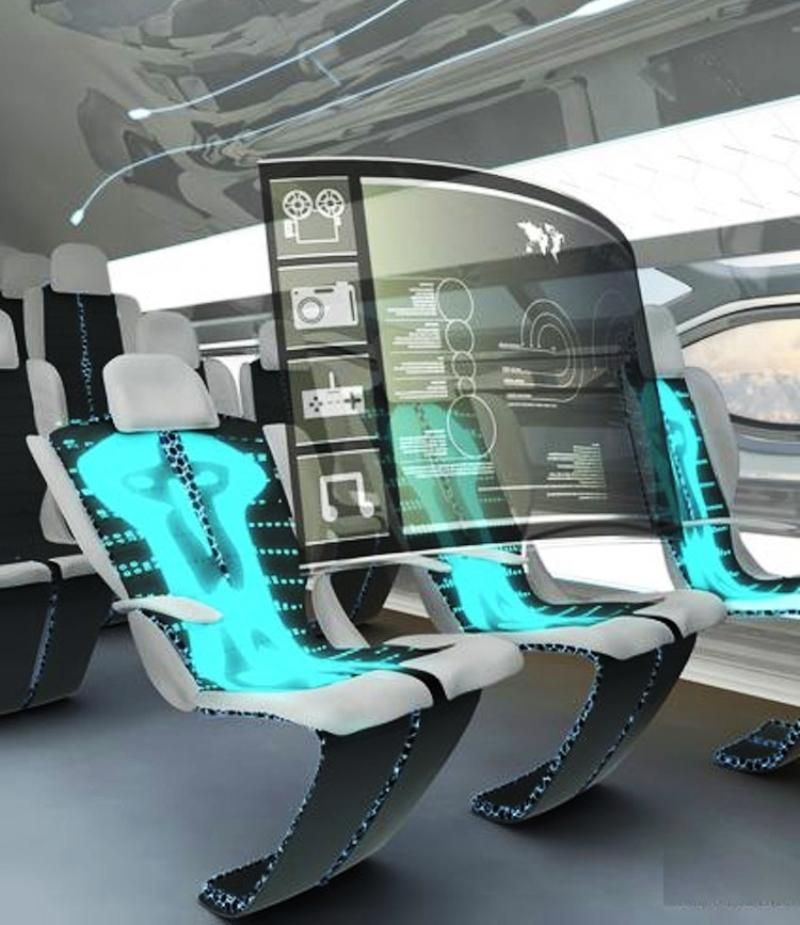
3D Printed Retooling: Lighter, Faster, Smarter
Materialize Airbus A350 XWB 3D printed divider panel
Direct manufacturing with additive manufacturing brings one key benefit to Airbus: faster lead times. With 3D printing of small-scale and customized parts, time-to-market is significantly saved compared to traditional production, since there is no need to pre-make tooling.
These panels are the first certified bionic interior design parts for Airbus, the successful outcome of Airbus' ongoing efforts to optimize the weight of aircraft components. Compared to the original design based on traditional manufacturing methods, the 3D printed panels are 15% lighter. While in traditional manufacturing, increasing complexity leads to higher costs, in the case of 3D printing, the use of a complex, for example, cellular internal structure does not increase costs. All of the above allowed Airbus to create lightweight, optimal weight bionic panels.
Certified Additive Manufacturing and 3D Printing Quality Management
As important as it is, shortening the production cycle is still not the most important need. Here is what Gert Appeltans, Head of Quality Control at Materialize, says:
Here is what Gert Appeltans, Head of Quality Control at Materialize, says:
“We can meet incredibly short delivery times, but this is ensured by a carefully organized quality management system. Airbus separator panels are not just 3D printed, they are the result of the entire quality control system.”
3D printing of low-volume and customized parts saves significant time-to-market as no pre-tooling is required
Under Gert's leadership, Materialize is constantly working to develop its quality management system. Its purpose is to identify potential problems before they occur, to identify any problems immediately after they occur, and their root causes to ensure that errors do not recur. The result of this work was the certification of the company's additive manufacturing for compliance with the ISO 9 standard.001 for manufacturing, ISO 13485 for medical devices, ISO 14001 for environmental management, and two standards critical to the aerospace industry: EN9100 and EASA. 21G.
“Materialise is committed to being a trusted supplier of additive solutions to Airbus. We do this collaboratively by innovating in design and manufacturing using our software and additive manufacturing expertise, and by fully integrating with the way Airbus works,” says Edouard de Maillet, project manager at Materialize.
Painting and finishing
Divider panel painting
After being 3D printed, the spacer panels are painted with Airbus approved flame retardant materials to comply with Airbus cabin detail requirements. Since the panels are in the cabin in full view of passengers, it is also important to meet strict aesthetic requirements. In order to ensure a successful outcome for certified additive manufacturing and post-processing processes, the 3D-printed panels undergo all required trim checks.
3D printed panels are 15% lighter than the original design
Edouard de Maillet explains it like this: “We see this project as a great example of certified additive manufacturing.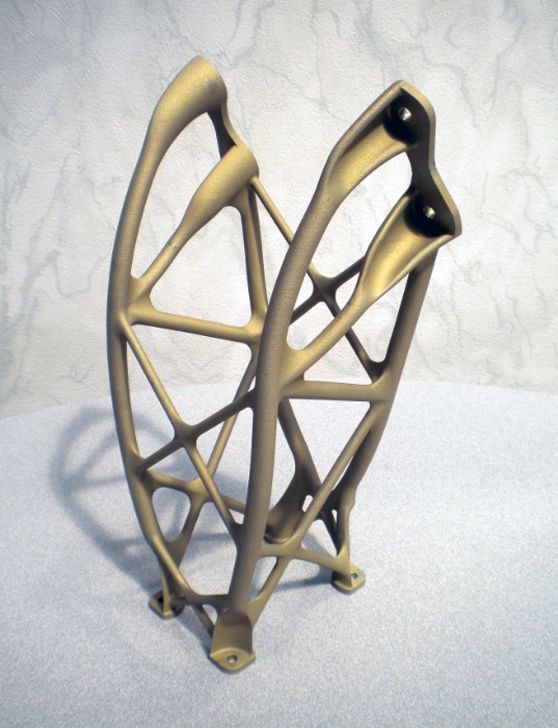 It shows how Materialize provides an end-to-end process that goes beyond 3D printing. We are talking about strict quality control and compliance with absolutely all requirements at all stages, from design to finishing.
It shows how Materialize provides an end-to-end process that goes beyond 3D printing. We are talking about strict quality control and compliance with absolutely all requirements at all stages, from design to finishing.
Additive technologies in the aerospace industry: what's next
The Airbus aircraft retrofit project demonstrates the flexibility and shortest production times that AM can bring to airlines.
We see how additive manufacturing is taking its next step in the aviation industry: into the interior of an aircraft.
The aerospace industry, which is constantly looking for ways to create lighter and more durable components, is one of the real drivers of modern advances in design and reliable manufacturing technologies. Learn more about 3D applications in this sector in our free brochure and iQB Technologies blog articles.
Material provided by Materialize. The original article is at the link.
Article published on 10/25/2018, updated on 02/07/2022
3D printing of Airbus spare parts using FDM technology
3D printing of Airbus spare parts using FDM technology- Industry
- Aerospace
- Task
-
- Production of a large-sized vulcanizing mold for autoclave molding in the process of manufacturing aircraft parts.

Learn more
- Production of a large-sized vulcanizing mold for autoclave molding in the process of manufacturing aircraft parts.




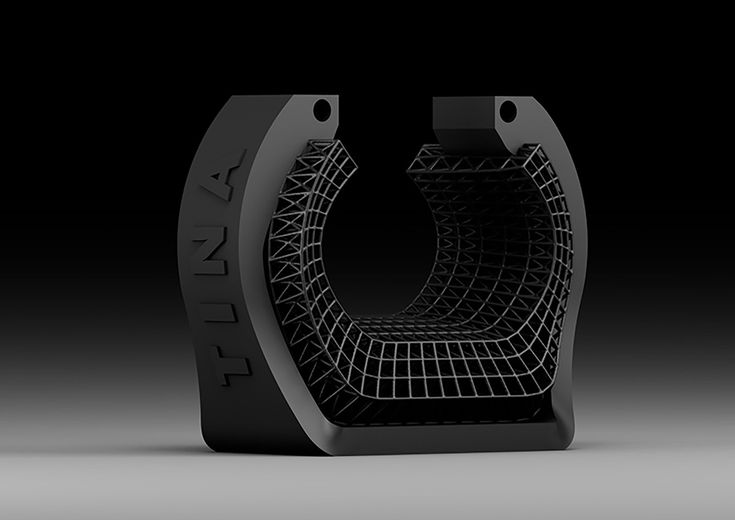

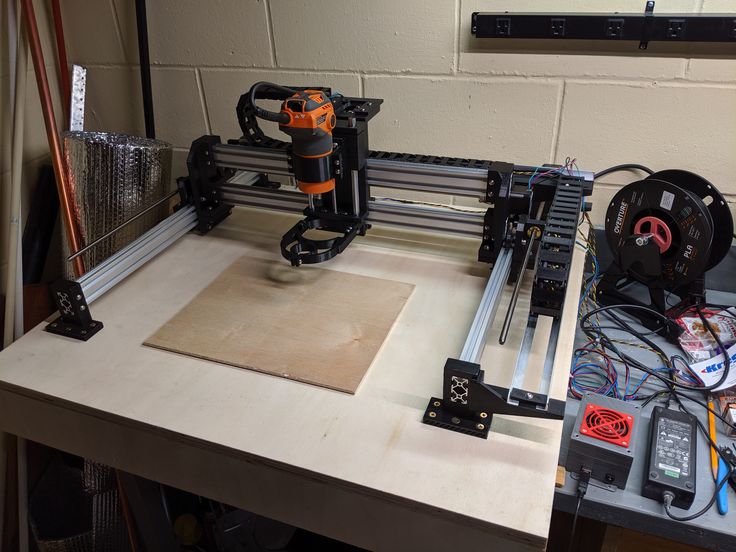




.jpg)